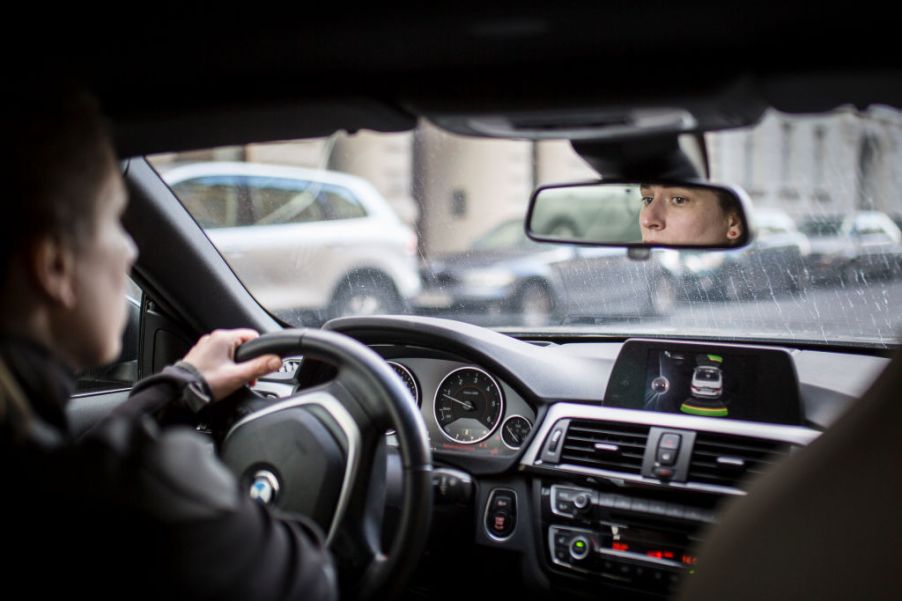
6 Car Safety Features That Surprisingly Aren’t Standard
While it’s important to be a cautious driver, humans are prone to error and can’t always prevent accidents. Reckless or drunk drivers are unpredictable and can involve many unsuspecting bystanders in accidents. This is why new cars introducing more driver safety options.
Some vehicles come with many of these safety features in their base trims. However, most cars don’t offer standard driver safety features. The NHTSA hopes to change this in the near future. Here are some of the most important safety features that still aren’t standard in most vehicles.
1. Emergency braking
The anti-lock braking system, or ABS, is standard in most new cars. In the event that drivers stop unexpectedly, ABS will keep the brakes from locking up so the driver has more control. However, it’s not as refined as newer safety features, and it can’t protect the driver in extreme situations.
The emergency braking system helps cut down on these incidents by alerting the driver of an upcoming obstacle, such as another car or a pedestrian. If the driver doesn’t engage the brakes on their own, the emergency braking system will do it for them.
2. Forward collision warning
A collision can happen in seconds, and some drivers won’t be able to react in time. To prevent this, a forward-collision warning system will sound an audible alarm when the driver is about to hit something head-on. This can give them enough time to hit the brakes and avoid too much (if any) damage. When combined with ABS, this cuts down on accidents.
3. Lane assistance
On some roads, it’s hard to determine where lanes are, especially if the markings are faded. Lane-keeping assist and lane-departure warning systems both aid drivers. Lane departure detects the markings on the road and alerts the driver if it senses the car drifting outside the lines. Lane-keeping assist will either alert the driver if it senses lane departure or automatically make its own steering adjustments.
4. Blind-spot monitoring
Even if you’re diligent with checking your mirrors before merging into a lane, it only takes a second for a car to speed up behind you, especially on highways. Modern blind-spot monitors are sonar sensors installed in the car’s bumper. Even if the driver can’t see an approaching car or pedestrian, the sensors will pick up on their presence and warn the driver.
5. Driver-attention monitor
We’ve all fallen victim to daydreaming or the infamous “highway hypnosis.” Whether you’re tired or bored, distracted driving is dangerous. The most important thing you can do if you get tired is pull off to the side and take a break. But some drivers won’t consider it if they’re in a hurry. A driver-attention monitor detects the vehicle’s actions and will audibly alert the driver if it senses any erratic movements.
6. Parking sensors
When trying to park in a busy area or crowded parking garage, it’s hard to see what you’re doing. In addition to hitting other cars, you could hit a pedestrian. Like blind-spot monitors, parking sensors are sonar radars placed in the back bumper. They can also be attached to a camera system for even more visibility. It gives drivers an audible warning if it senses anything too close to the bumper.



